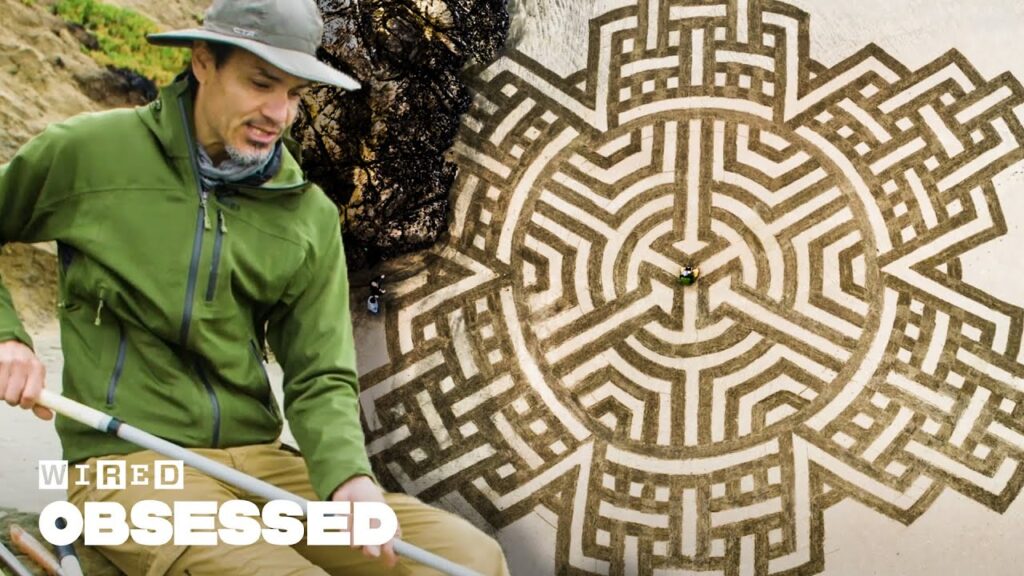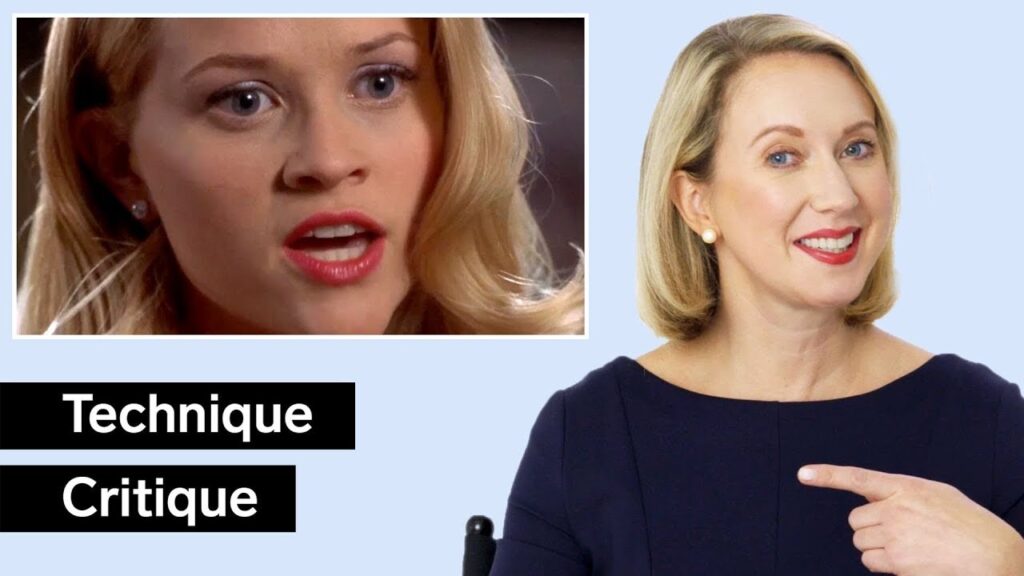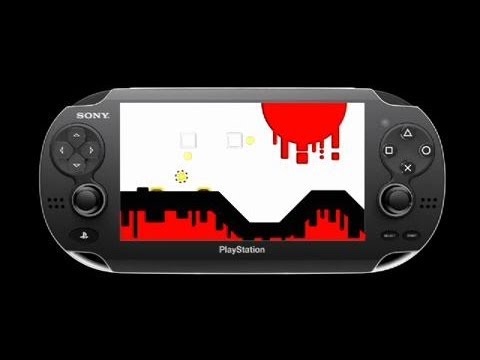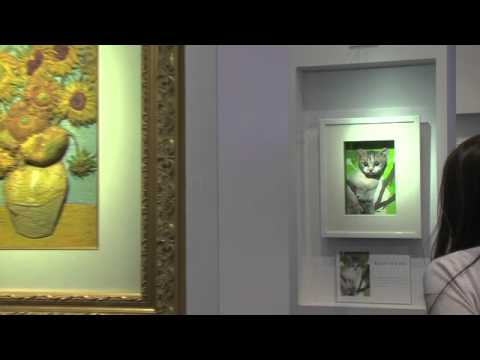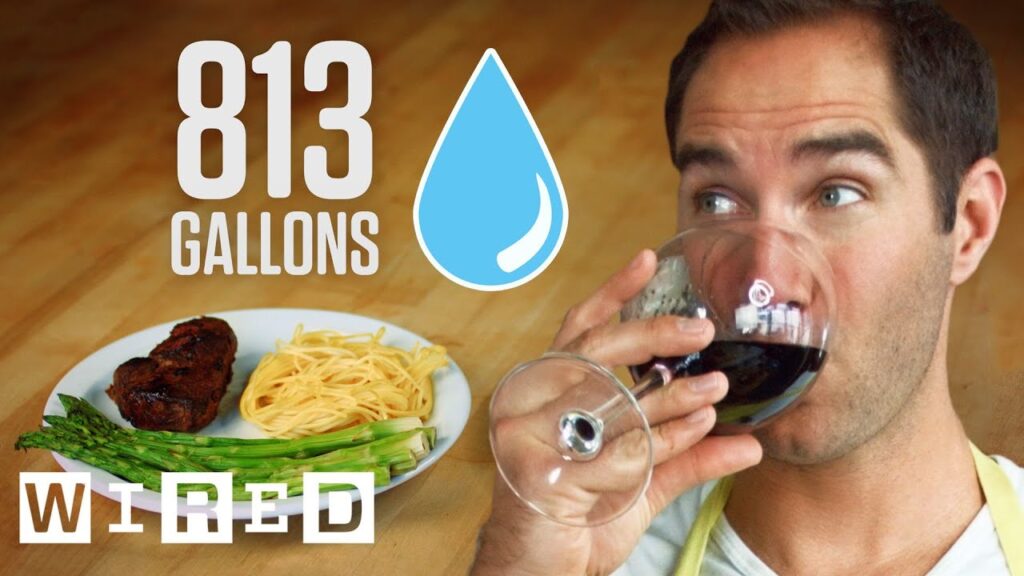Exploring the World of Prosthetic Makeup: 11 Levels of Increasing Complexity
Summary
In this article, we explore the world of prosthetic makeup through 11 levels of increasing complexity. Professional makeup artist Meg Wilbe defines complexity as the small, often overlooked details that make a makeup look truly realistic. From temporary tattoos to full-face prosthetic appliances, Wilbe guides us through the process of creating intricate and lifelike special effects makeup looks.
Table of Contents
- Level One: Temporary Tattoos with Pros Aid Adhesive
- Level Two: Stippling for Irritated and Angry Tattoos
- Level Three: Creating Vein-Like Details
- Level Four: Adding Three-Dimensional Blisters
- Level Five: Creating Raised Dots with Silicone Compound
- Level Six: Full-Face Prosthetic Appliance for Demon Look
- Level Seven: Non-Latex Sponge for Texture
- Level Eight: Sealing Foam with Pax Paint
- Level Nine: Using Blenders for Minor Fit Issues
- Level Ten: Applying Prosthetic Appliance with Silicone-Based Adhesive
- Level Eleven: Spattering for a Realistic Finish
Level One: Temporary Tattoos with Pros Aid Adhesive
Wilbe begins by introducing the use of temporary tattoos with a product called Pros Aid adhesive. She explains how to apply the adhesive and the temporary tattoo, and emphasizes the importance of letting the adhesive dry completely before removing the tattoo backing.
Level Two: Stippling for Irritated and Angry Tattoos
In level two, Wilbe demonstrates how to use stipple brushes to create a red tone that expresses how irritated and angry a tattoo is. She explains the technique of stippling and how to build up the color for a realistic effect.
Level Three: Creating Vein-Like Details
In level three, Wilbe shows us how to create vein-like details using a very fine point brush and stippling technique. She explains how to vary the pressure to create a realistic vein effect.
Level Four: Adding Three-Dimensional Blisters
Wilbe takes it up a notch in level four by adding blisters to the makeup to create a three-dimensional effect. She explains how to use a two-part silicone compound to create raised dots on the skin, which will then be painted with alcohol paint to make them look like infected blisters.
Level Five: Creating Raised Dots with Silicone Compound
In level five, Wilbe focuses solely on the process of creating raised dots with the silicone compound. She explains how to mix the two parts of the compound and how to apply it to the skin with a small brush.
Level Six: Full-Face Prosthetic Appliance for Demon Look
Level six is where Wilbe really dives into the world of full-face prosthetic appliances. She demonstrates how to apply a full-face appliance, along with ear appliances and horns, to create a demon look. She emphasizes the importance of prepping the skin with lotion and a tone to ensure that it is protected and healthy throughout the process.
Level Seven: Non-Latex Sponge for Texture
In level seven, Wilbe introduces a non-latex white sponge for creating texture without damaging expensive brushes. She explains how to use the sponge to create a stippled effect that adds depth and dimension to the makeup look.
Level Eight: Sealing Foam with Pax Paint
Level eight focuses on sealing foam with a mixture of Pros Aid adhesive and acrylic paint called Pax paint. Wilbe explains how to apply the mixture to the foam to create a flexible plastic film over it. She also notes that using too much Pax paint can be a nightmare to remove.
Level Nine: Using Blenders for Minor Fit Issues
In level nine, Wilbe shows us how to use foam latex patches called blenders to handle minor fit issues with generic prosthetics. She explains how to apply the blenders and blend them into the skin for a seamless look.
Level Ten: Applying Prosthetic Appliance with Silicone-Based Adhesive
In level ten, Wilbe demonstrates how to apply a prosthetic appliance to the skin using silicone-based adhesive. She explains how to powder around the edges to ensure a proper fit and how to blend the edges into the skin for a realistic finish.
Level Eleven: Spattering for a Realistic Finish
Finally, in level eleven, Wilbe shows us how to use spattering to create a realistic finish. She explains how to mix alcohol paint with water and use a brush to spatter the mixture onto the makeup look for a natural and subtle effect.
Conclusion
Prosthetic makeup is a fascinating and intricate art form that requires skill, patience, and attention to detail. Through these 11 levels of increasing complexity, Meg Wilbe has given us a glimpse into the world of special effects makeup and the techniques used to create lifelike and realistic looks. Whether you’re a professional makeup artist or just a fan of the craft, there’s always something new to learn and explore in the world of prosthetic makeup.

